The History of Patterns
Most software developers assume that the book “Design Patterns: Elements of Reusable Object-Oriented Software”, published in 1994, stands for the birth of patterns. No. The term was coined by Christopher Alexander in 1977.

Let me start my historical detour including important persons and their books. This detour is by no means complete.
History of Patterns
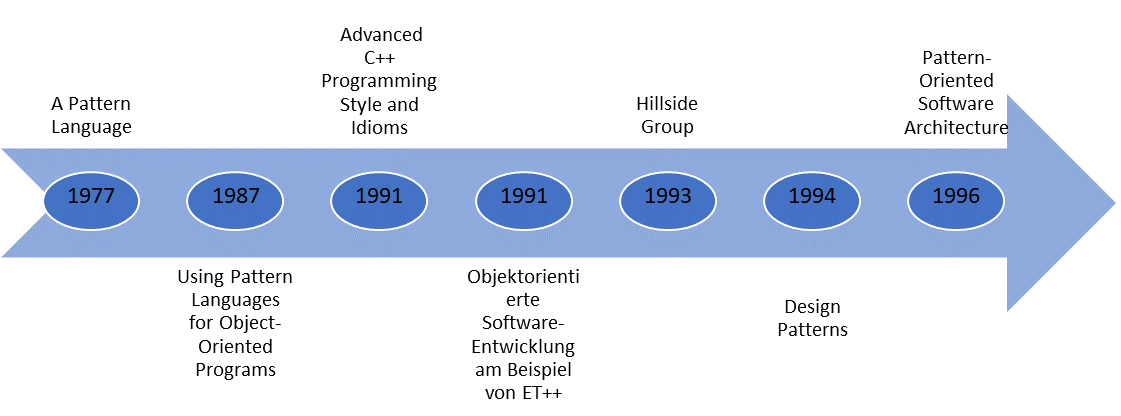
Christopher Alexander

 Modernes C++ Mentoring
Modernes C++ Mentoring
Do you want to stay informed: Subscribe.
The idea of patterns goes back to Christopher Alexander. He coined in his books “Notes on the Synthesis of Form, A City is Not a Tree“, “The Timeless Way of Building“, “The Oregon Experiment“, “The Nature of Order“, and in particular in his book “A Pattern Language: Town, Buildings, Construction” terms such as patterns, forces, or pattern languages. Christopher Alexander was an architect, who focused on interior design but also on urban design. His main concern was to create an architecture that is geared to the needs of the people. He developed with his colleagues in the Center for Environmental Structure in Berkley more than 250 patterns for design problems: each one consists of a problem, a discussion of the problem with an illustration, and a solution. I guess, this sound familiar to you.
Michaelmehaffy, CC BY-SA 4.0, via Wikimedia Commons
Ward Cunningham and Kent Beck
Ward Cunningham and Kent Beck have been inspired by the ideas of Christoph Alexander and applied his ideas to software development. In 1987 they published their book “Using Pattern Languages for Object-Oriented Programs“, a pattern language to facilitate the development of user interfaces in Smalltalk. They established the first pattern system for designing user interfaces. Here are four of them:
- Window-per-Task: a separate window for each task
- Few-Panes: develop a separate area in the window for each view of the task
- Standard-Panes: design the functional areas according to the same principles
- Nouns-and-verbs: action instructions (verbs) belong in the menu
Maybe you don’t know it, but Ward Cunningham and Kent Beck are two of the most influential minds in software development:
Ward Cunningham:

By Carrigg Photography for the Wikimedia Foundation – Own work, CC BY-SA 3.0, https://commons.wikimedia.org/w/index.php?curid=17697618
- pioneer of software design patterns
- creator of the wiki
- popularized CRC cards with Kent Beck; CRC stands for Class Responsibility Collaboration (CRC)
Kent Beck:
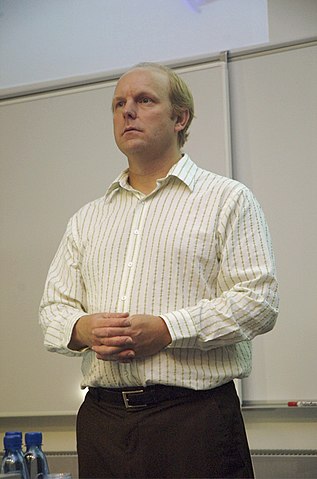
By Improve It – Flickr: Kent Beck no Workshop Mapping XP., CC BY-SA 2.0, https://commons.wikimedia.org/w/index.php?curid=2938419
- pioneer of software design pattern
- wrote the unit test framework sUnit for Smalltalk
- developed the Junit unit test framework for Java together with Erich Gamma
- popularized CRC cards with Ward Cunningham
- developed Extreme Programming (XP)
James Coplien
James Coplien published 1991 the book “Advanced C++ Programming Styles and Idioms“. His book is a catalog of C++ idioms such as:
- Handle/Body: separation of interface and implementation
- Envelope/Letter: tie common semantics of interface and implementation together
- Virtual Constructor: build a hierarchy of a known abstract type but of an unknown concrete type
- Concrete Data Type: determine of an object should created on the heap of in the current scope
- Algebraic Hierarchy: structure class following algebraic types
- Non-Hierarchical Addition. deal with arithmetic operations between types that cannot be promoted to the other
- Type Promotion: build two type conversion mechanisms to build a consistent type promotion structure
Erich Gamma
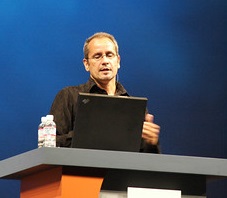
Erich Gamma received his doctorate in Zurich 1991 on the use of patterns in software development: “Objektorientierte Software-Entwicklung am Beispiel von ET++”. ET++ is a portable C++ class library for developing interactive graphical applications.Gamma’s dissertation became the base of his co-authored book “Design Patterns: Elements of Reusable Object-Oriented Software“. The other three authors are Richard Helm, Ralph Johnson, and John Vlissides. All four together build the well-known Gang of Four (GoF).
Erich Gamma is also known for his development of the Junit unit test framework for Java together with Kent Beck and his leadership of the development of the Eclipse framework.
The Hillside Group
In 1993, Grady Booch and Kent Beck invited several protagonists from the object-oriented scene to a mountain cabin in Colorado. One of the topics was the fusion of Christopher Alexander’s ideas with more recent work by Erich Gamma as a basis for design patterns. The formation of a non-profit organization focused on software patterns, which was given the name Hillside Group. To this day, this group plays a central role in the pattern community. It gave rise to numerous conferences on the topic, the so-called PLoPs (Pattern Languages of Programming). Additionally, when you search for more information regarding patterns, books, or conferences about patterns, the hillside group should be your first choice.
Design Patterns: Elements of Reusable Object-Oriented Software
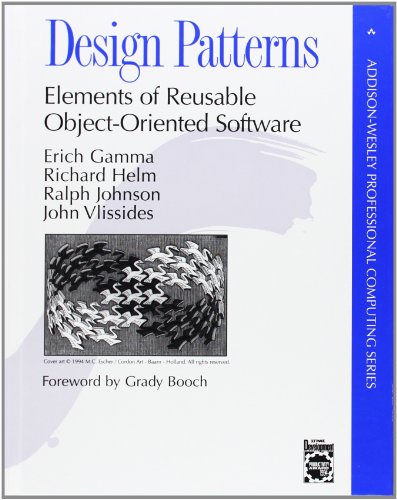
In 1994, Erich Gamma, Richard Helm, Ralph Johnson, and John Vlissides published their seminal book “Design Patterns: Elements of Reusable Object-Oriented Software“. It has 23 object-oriented patterns, categorized into creational, structural, and behavioral patterns. This book marks the beginning of the worldwide pattern adoption and is regarded as the most important book about software design. More than 500,000 copies were sold so far.
Pattern-Oriented Software Architecture, Volume 1
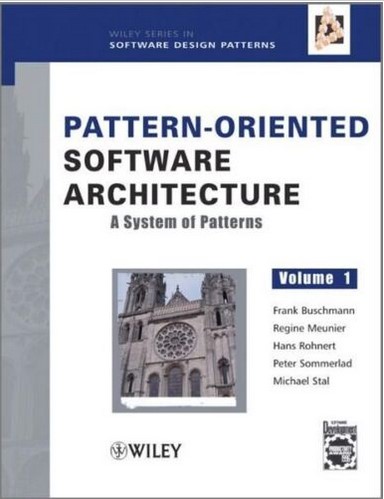
Frank Buschmann, Regine Meunier, Hans Rohnert, Peter Sommerlad, and Michael Stal of Siemens AG published in 1996 the book “Pattern-Oriented Software Architecture, Volume 1“. Their very influential book represents the progression and evolution of the pattern approach into a system of patterns capable of describing and documenting large-scale applications. Pattern-Oriented Software Architecture (POSA) consists of 17 architectural patterns, design patterns, and idioms. The entire POSA series, published from 1996 – 2007, has five volumes.
What’s next?
In my next post, I present the different classifications of patterns in the books “Design Patterns: Elements of Reusable Object-Oriented Software and “Pattern-Oriented Software Architecture, Volume 1“.
Vacation break
Due to my vacation break, I will not publish a post in the next two weeks. My next post will, therefore, be published on the 1st of August 2022.
Thanks a lot to my Patreon Supporters: Matt Braun, Roman Postanciuc, Tobias Zindl, G Prvulovic, Reinhold Dröge, Abernitzke, Frank Grimm, Sakib, Broeserl, António Pina, Sergey Agafyin, Андрей Бурмистров, Jake, GS, Lawton Shoemake, Jozo Leko, John Breland, Venkat Nandam, Jose Francisco, Douglas Tinkham, Kuchlong Kuchlong, Robert Blanch, Truels Wissneth, Mario Luoni, Friedrich Huber, lennonli, Pramod Tikare Muralidhara, Peter Ware, Daniel Hufschläger, Alessandro Pezzato, Bob Perry, Satish Vangipuram, Andi Ireland, Richard Ohnemus, Michael Dunsky, Leo Goodstadt, John Wiederhirn, Yacob Cohen-Arazi, Florian Tischler, Robin Furness, Michael Young, Holger Detering, Bernd Mühlhaus, Stephen Kelley, Kyle Dean, Tusar Palauri, Juan Dent, George Liao, Daniel Ceperley, Jon T Hess, Stephen Totten, Wolfgang Fütterer, Matthias Grün, Phillip Diekmann, Ben Atakora, Ann Shatoff, Rob North, Bhavith C Achar, Marco Parri Empoli, Philipp Lenk, Charles-Jianye Chen, Keith Jeffery,and Matt Godbolt.
Thanks, in particular, to Jon Hess, Lakshman, Christian Wittenhorst, Sherhy Pyton, Dendi Suhubdy, Sudhakar Belagurusamy, Richard Sargeant, Rusty Fleming, John Nebel, Mipko, Alicja Kaminska, Slavko Radman, and David Poole.
| My special thanks to Embarcadero |  |
| My special thanks to PVS-Studio |  |
| My special thanks to Tipi.build |  |
| My special thanks to Take Up Code |  |
| My special thanks to SHAVEDYAKS | 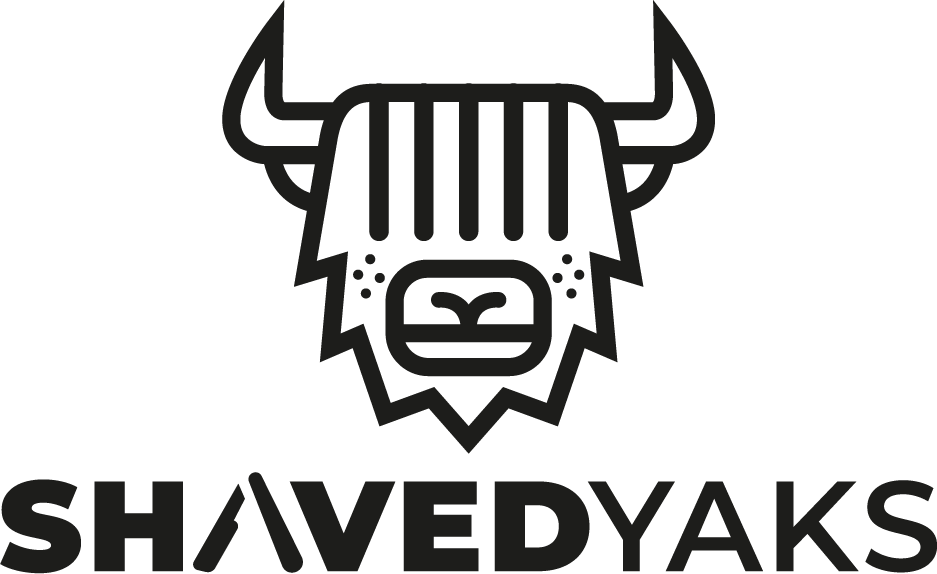 |
Modernes C++ GmbH
Modernes C++ Mentoring (English)
Rainer Grimm
Yalovastraße 20
72108 Rottenburg
Mail: schulung@ModernesCpp.de
Mentoring: www.ModernesCpp.org
Modernes C++ Mentoring,


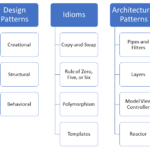
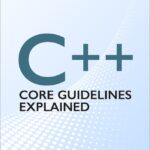
Leave a Reply
Want to join the discussion?Feel free to contribute!